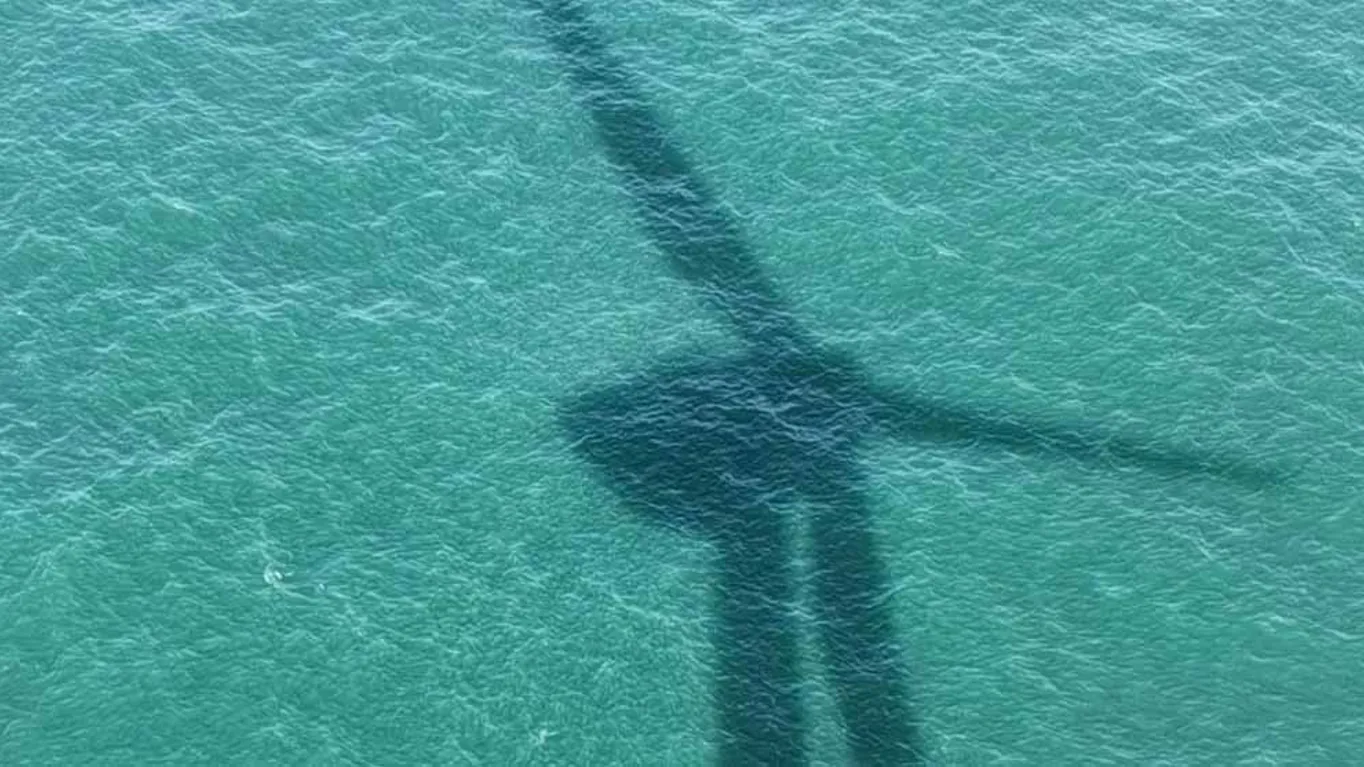Booming Offshore Wind. With an AIR of Caution!
WindEnergy was back last week bigger and better than before, with post-pandemic record numbers visiting Hamburg for the conference. With all the great news floating around there are always going to be undertones which can’t be ignored, and these did surface in many of the conversations being held.
The world is in a state of flux with record inflation, super inflated commodity prices, global recession, war, and political unrest in many global regions. Despite the uncertainty we see record international renewable energy commitments, which are in part to reach net zero targets and battle climate change, but also to secure home grown energy and independence.
With record commitments being made, the supply chain, which made up the bulk of WindEnergy visitors and exhibitors, are seeing a bright but challenging future.
Vessel highlights
- A widely accepted bottle neck for offshore vessels due to a continued increase in the O&G market, as well as the fast growth in the offshore wind.
- The offshore wind market is estimated to continue growing at 15-20% per year towards 2030 with new 2050 targets being announced weekly.
- Markets such as Taiwan, China and the US are still powering ahead with additional new countries looking at this young but bankable renewable source of energy.
- The industry is in our view looking at a supply-demand gap across several segments, especially for the key assets needed in the installation phase, mainly Wind Turbine Installation Vessels (WTIV) as well as Floating Foundation Installation Vessels (FFIVs), Cable Lay Vessels (CLV) and Heavy Transport Vessels (HTV).
- For the developer we see a risk that some of the installation segments’ lack a supply chain, which can lead to delayed or more expensive projects. Early engagement with new strategies might be needed to unblock vessel new builds in each segment.
Focus on global data
Producing energy for customers is the focus of utilities and developers and their shareholders. Their challenges are where the undertones of meetings and side chats came to bare.
All investments need to have a business case regardless of its type i.e., new machinery, people, software, and vessels. Supplier business cases are reliant on the offshore wind projects awarding contracts, which then flow out into the wider supply chain, and this is where we may see challenges or a change in approach.
The reality is that now is probably the most expensive time to buy, build or invest in anything and future prices could be better improving any business case IRR.

What will developers and utilities do next?
- Delay decisions and wait for better times and prices.
- Look for alternative methods of financing the projects, when power prices are high and look to remain high, Power Purchase Agreements (PPAs), or having a mixed solution and going to market (merchant) for a greater percentage of their total output than done so traditionally.
- Look at alternative energy output solutions dispatchable power, Power to X and green fuels.
Competition is fierce for these projects, so delay is counter intuitive and would further postpone other much needed investment in the wider supply chain. Delay might leave the door open for other developers to win. Governments will be single minded about their goals and energy security so innovative ways forward will be secured.
We have seen country specific political delays before, cause periods where fewer projects are built and the impact of that being felt by companies, who have doubled down on investments to gear up to meet the fabled demand graphs.
Then there are Wind turbine OEMs who are acutely aware of the challenges with falling reported profitability at a time when we see record high power prices.
OEMs next steps?
- OEMs have announced layoffs across Europe with others behind the scenes making massive strategic decisions about restructuring and where they focus their business resources in the coming years.
- We don’t see the same competition offshore in the OEM space as we see onshore, and this makes life a little easier for them. However, the cost to develop the next generation has rocketed with logistics and material costs at all-time highs.
- Most offshore Wind Turbine Generator (WTG) OEMs still have large onshore wind annual outputs in the GWs and compete hard to maintain their global position.
- Competing on two fronts (on versus offshore) does make life more difficult and we may see strategies being changed to redirect resources away from this competition with a renewed focus on specific global market, technologies, and regions.
Globally we see huge potential in offshore wind and its record deployment. However! Great upward projections come with challenges.
Across all sectors, record investment and innovation will come about, and new companies will rise to fill those gaps we see and succeed. There will however be others that delay or gamble and lose and its these companies that need to be wise to the global issues that can affect projects and investments. As always, data and a macro view are essential prior to making an investment decision.
Keep moving forward...
At Clarksons, we are advising our clients continually with key market indicators about existential global influences ahead of them happening. We all need to move forward, but it’s always better to do so with a clear plan and with all the known and unknown risks identified.
If you need support in your business, please do reach out to [email protected].

